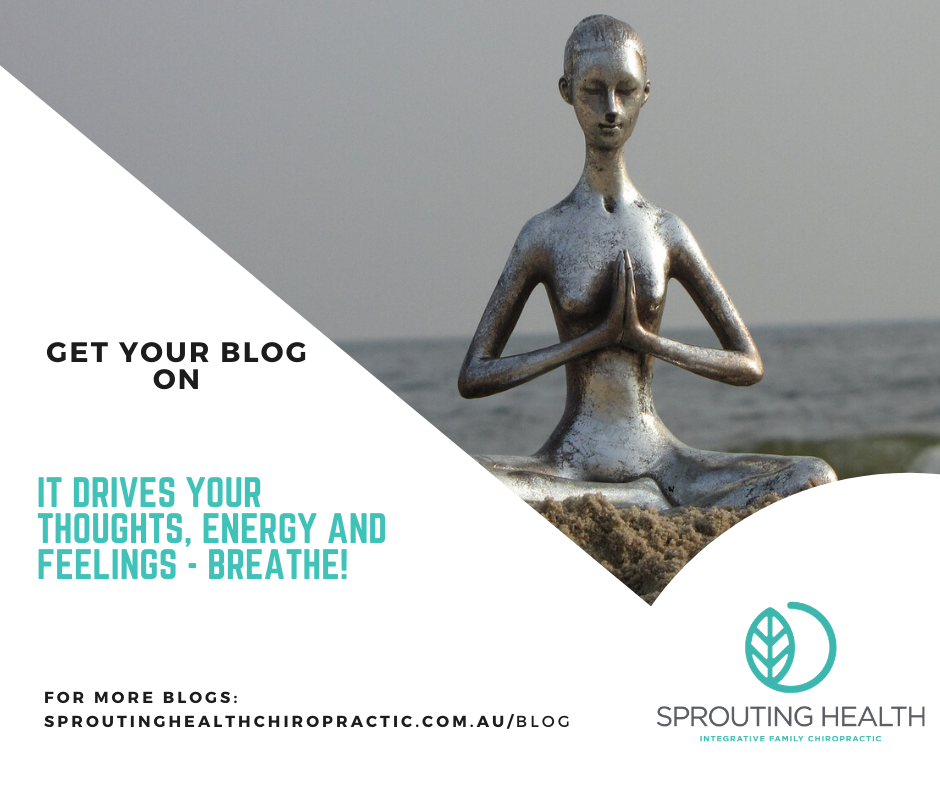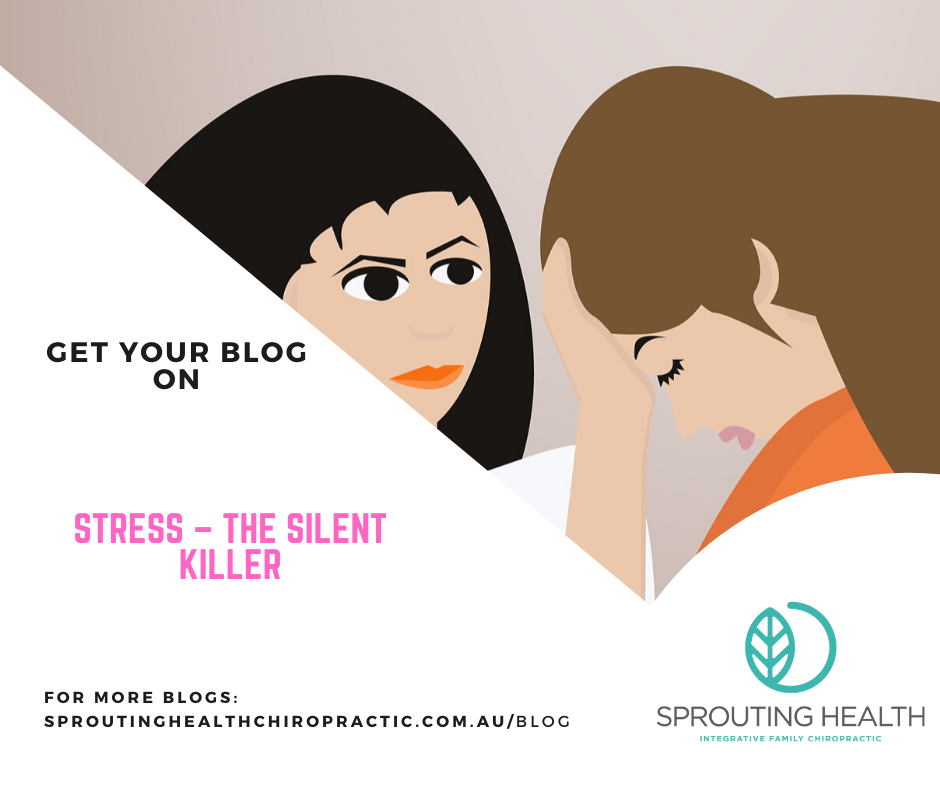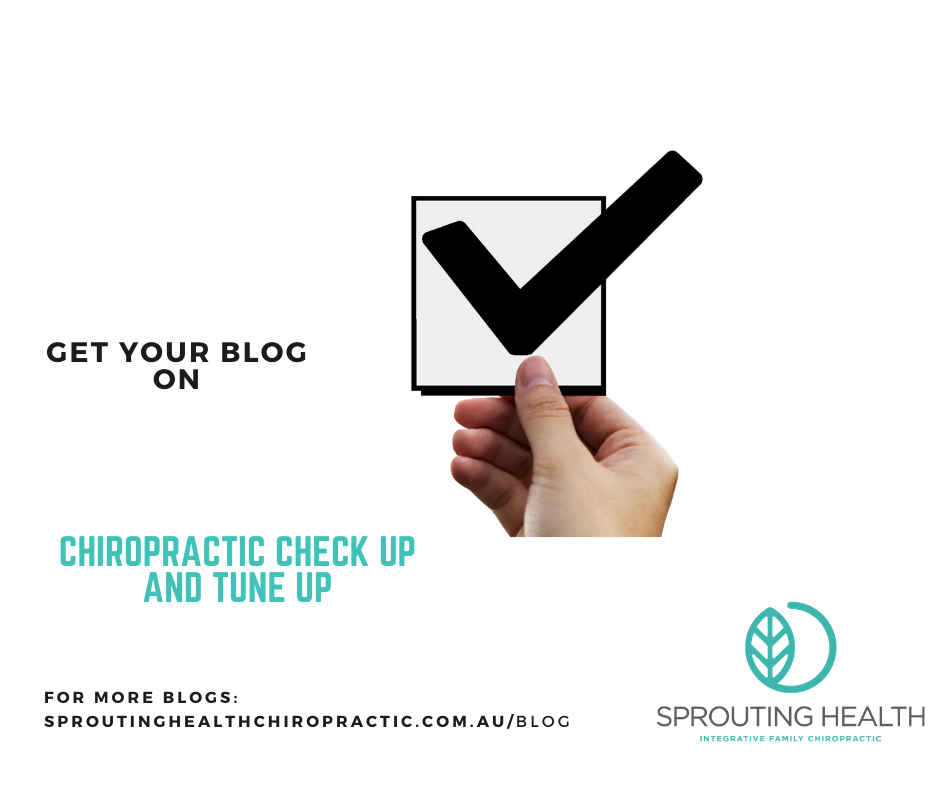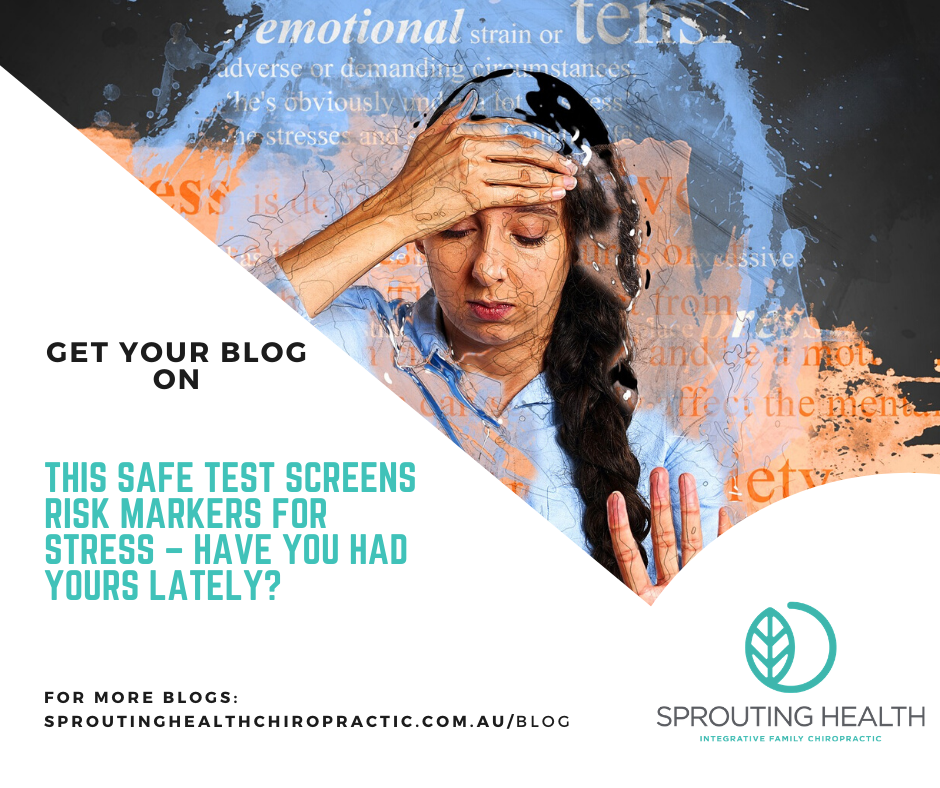|
Stress is known as the “Silent Killer” for good reasons. Recent evidence generally suggests psychosocial factors may be considered risk factors for specific types of cancer and play a key role in the aging process (1). Psychosocial factors relate to the interrelation of social factors and individual thought and behaviour. In simple terms it is the influence that psychological factors and the surrounding social environment have on a person’s physical and mental wellness and their ability to function. Studies have shown that short-term stress boosted the immune system, but chronic stress has a significant effect on the immune system that ultimately manifest an illness. It suppresses parts of the the immune system. This suppression, in turn raises the risk of illness (2). Stress also leads to the release of histamine, which can trigger severe broncho-constriction in asthmatics. Stress increases the risk for diabetes, especially in overweight individuals, since psychological stress alters insulin needs (2). Stress also alters the acid concentration in the stomach, which can lead to peptic ulcers, stress ulcers or ulcerative colitis. Chronic stress can also lead to plaque buildup in the arteries (atherosclerosis), especially if combined with a high-fat diet and sedentary living (2). The relationship of stress with psychiatric illness is strongest in neuroses, which is followed by depression and schizophrenia (2). Recent studies found a link between stress, tumour development and suppression of natural killer (NK) cells, which is actively involved in preventing metastasis and destroying small metastases (2). Current lifestyle, improper sleeping habits, and unhealthy diet lead to psychological or social stress, which in turn is also known to influence the development of chronic lower back pain (CLBP) (3). If you feel you are suffering from stress we recommend that you seek advice. We can help by providing you with exercise and lifestyle advice and point you in the right direction to help manage your condition. References
0 Comments
 We previously discussed how your breathing can affect your neck and shoulder tightness. As we learnt the nerve supply to our diaphragm is originated from cervical nerve root C3, C4, C5, a proper function cervical spine is very important to maintain a healthy breathing pattern. A healthy breathing rate and the pattern are called Eupnoea. (1) It is also described as belly breathing. Your diaphragm should descents(activate) when you inhale, followed by ribs up and out, with chest expansion(2). “Quiet inhalation function should be effortless if all the mechanical characteristics of the structures involved are optimal and airways are patent.”(2) Altered compliance (the expansibility potential of the lungs and thoracic cage), tissue resistance (how elastic, fibrotic, mobile the structures are), and airway resistance all increase the amount of effort required to inhale. (2) The take-home message here is to know that effortless breathing requires lots of parts to function at their optimal! A good trick that you can try in the office, or if you have a chair with arms at home, is as follows: Begin with sitting upright, depress your shoulders by keeping your elbows in contact with the arm of the chair. The next step is inhale using your belly(imagine you’re blowing up a balloon). A typical quiet breathing pattern would have 2 seconds inhalation and 3 seconds exhalation. In clinical setting, it is very common to see a chest breather - here shoulder and neck muscles are assisting breathing. If you find it very difficult to practice the exercise at home, there are many reasons that you may not be able to do this. Firstly it is important to rule out pathology and infection. Secondly, there are many other things we can check for breathing issues- for example a dysfunctional diaphragm can inhibit proper breathing. Breathing has a huge effect on our brain function and energy! Do not hesitate to have a chat with our chiropractors and see how we can help manage your issues. References
1. Eupnea [Internet]. 2020 [cited 16 Apr 2020]. Available from: https://www.merriam-webster.com/dictionary/eupnea#medicalDictionary. 2. Chaitow L, Bradley D, Gilbert C. The structure and function of breathing. Multidisciplinary Approaches to Breathing Pattern Disorders. 2002:1-41. Estimates from the Australian Bureau of Statistics 2017-18 National Health estimate that about 4.0 million Australians (about 16% of Australia) have back problems. It has been estimated that 70-90% of people will suffer from lower back pain in some form at some points in their lives. Have you or a loved one experience neck or back pain? This is an important article that could make the world of difference to you. “One study of people with long term back problems reported 14% experience constant or persistent pain, and 86% experience pain one day per week” (1) The acute episode of spinal pain, similarly to an episode of asthma, may be short-lived, but the condition is often, as for asthma, life-long. (2) So it is important that it is well managed and taken care of, especially getting to the underlying cause. Although maintenance care is often used within chiropractic clinics, where care is provided beyond reducing symptoms, or as a form of precaution to keep patients healthy; there has been a lack of research. (2) A recent high quality research article looked at literature based on a research program exploring maintenance care among chiropractors in Denmark, Sweden, Finland and Norway. It was established to provide better understanding of chiropractic care. In one of the studies it was found that over a 10 year period of research, there was a considerable difference in the number of bothersome days with back pain, favouring the maintenance group compared to the group which was encouraged to ‘call when needed’ (2)(3) In another study, patients who received maintenance care had better outcomes than those who received short-term treatment or short-term sham treatment. (4) Although further studies are needed, there is a positive trend towards maintenance care. Because back pain is a chronic disease for most, with episodes at short or long intervals, a preventative approach like maintenance care makes sense. (2) If you want to find out if chiropractic may help manage back pain for you or your loved ones, chat with one of our chiropractors to see how they can assist. “Management of pain is important. While it is vital to get to the cause of the issue, preventative measures are always better.” References 1.Quittan, M., 2002. Management of back pain. Disability and rehabilitation, 24(8), pp.423-434. 2. Axén, I., Hestbaek, L. and Leboeuf-Yde, C., 2020. Correction to: Chiropractic maintenance care-what’s new? A systematic review of the literature. Chiropractic & manual therapies, 28(1), pp.1-1. 3. Eklund A, Jensen I, Lohela-Karlsson M, Hagberg J, Leboeuf-Yde C, Kongsted A, et al. The Nordic maintenance care program: effectiveness of chiropractic maintenance care versus symptom-guided treatment for recurrent and persistent low back pain-a pragmatic randomized controlled trial. PLoS One. 2018;13(9):e0203029. 4. Senna MK, Machaly SA. Does maintained spinal manipulation therapy for chronic nonspecific low back pain result in better long-term outcome? Spine (Phila Pa 1976). 2011;36(18):1427–37. Did you know having a lower heart rate variability (HRV) has been associated with diabetes, hypertension and cardiovascular disease (CVD)? HRV is a measurement of the time intervals between adjacent heartbeats. The variability in your heart rate reflects vagal tone and our sympathetic nervous system (fight or flight). Low HRV leads to sympathetic (fight or flight response) and vagal tone imbalance. The vagus nerve plays an important role in the regulation of our metabolic homeostasis and messages sent by the vagus nerve can control immune function and pro-inflammatory responses via the inflammatory reflex[1]. Recent studies have reported using HRV in the evaluation of conditions associated with autonomic dysregulation which includes burnout and depression, autoimmune conditions (multiple sclerosis, rheumatoid arthritis), chronic PTSD, working memory performance, cognition, dementia, insulin resistance and metabolic syndromes, type 1 diabetes, cancer prognosis, and cardiovascular disease risk factors[2]. A 2019 study[3], showed that a single session of manual cranial therapy produced short and medium-term effects on parasympathetic activity (rest and digest system). The parasympathetic effects persisted for up to 3 weeks and resulted in better cardiac vagal control and better self-regulation. Monitoring your heart rate variability is one of the many ways we assess your health prospects at Little Sprouts. So if you would like to know if we can help manage your health and any health issues, give our clinic a call today! References
1. Pavlov, V. A., & Tracey, K. J. (2012). The vagus nerve and the inflammatory reflex—linking immunity and metabolism. Nature Reviews Endocrinology, 8(12), 743. 2. Kent, C. (2017). Heart rate variability to assess the changes in autonomic nervous system function associated with vertebral subluxation. Res Rev Neurosci, 1, 14-21. 3. Bayo-Tallón, V., Esquirol-Caussa, J., Pàmias-Massana, M., Planells-Keller, K., & Palao-Vidal, D. J. (2019). Effects of manual cranial therapy on heart rate variability in children without associated disorders: Translation to clinical practice. Complementary therapies in clinical practice, 36, 125-141. |
AuthorBlogs by the team at Sprouting Health Archives
July 2024
Categories |




 RSS Feed
RSS Feed
